Video: 150 years of the Leeds City Varieties
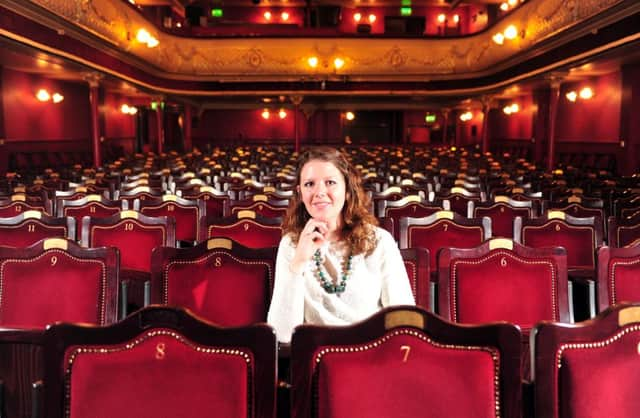

We don’t know what happened to him, or if he was injured, but the fact most people have never heard of him suggests he didn’t go on to bigger and better things.
Onzalo is just one of the many names mentioned in a series of management books dating from 1897 to 1902, that were recently discovered in an attic. They catalogue every performer, their billing, and what the manager at the time thought of them.
Advertisement
Hide AdAdvertisement
Hide AdBut if Onzalo didn’t go down well, one person who certainly did was Harry Houdini, the great “Handcuff King.” Houdini was a superstar in his day and his performance at the City Varieties in 1902 was noted for being “extra special”.
He returned two years later but didn’t enjoy his experience the second time round, as Catherine Hayward, learning officer at the City Varieties, explains. “As part of his act he would challenge the audience to bring in handcuffs or padlocks to try and restrain him. The story goes that a couple of lads from the Tetley brewery brought a beer barrel down with them to see if he could escape from that.
“It was one of only two times in his career that he couldn’t escape and his excuse was he didn’t drink alcohol and because the barrel hadn’t been washed out properly the fumes from the beer overpowered him and he lost his concentration.” The great man wasn’t happy and left saying that Leeds was “a dreadful place and I’m never going back.”
Houdini is one of a long and illustrious cast, that includes Charlie Chaplin, Buster Keaton, Eartha Kitt and Morecambe and Wise, to have graced the stage here.
Advertisement
Hide AdAdvertisement
Hide AdOver the decades the City Varieties has played host to everything from vaudeville and comedy to pantomime and strip shows, and this weekend is its 150th anniversary. To mark the occasion the venue is holding a special open day on Sunday when people can come and explore the historic venue and enjoy live music and performances in the street outside.
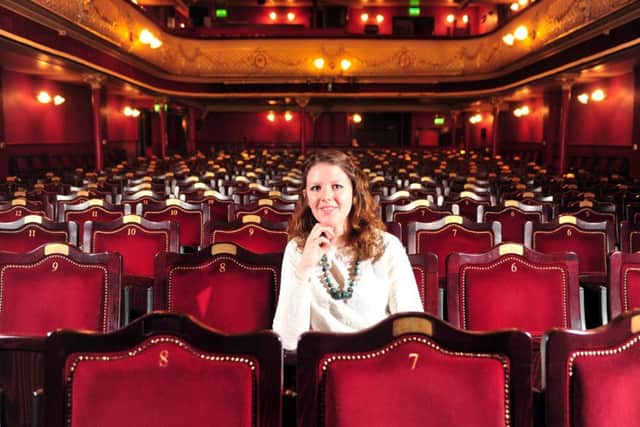

The venue first opened in 1865 - the year the American Civil War ended and Rudyard Kipling was born - and as Catherine, who runs some of the heritage tours, points out, it is steeped in history.
“You’re always finding out new stories because it has such a strong place in people’s affections. We get a lot of older people on the tours who remember coming here 50 or 60 years ago and they can tell us first-hand what it was like and it’s those memories that help tell the story.”
It’s a story that actually stretches as far back as 1762 when the White Swan opened. Four years later a music room was set up above the pub to provide a bit of entertainment.
Advertisement
Hide AdAdvertisement
Hide AdThe venue we know today has become synonymous with the name ‘City Varieties’, but it’s actually had several incarnations during its long life. It started out as Thornton’s New Music Hall and Fashionable Lounge, which Charles Thornton had built in a bid to set it apart from some of the other, rougher music halls that had sprung up around the country.
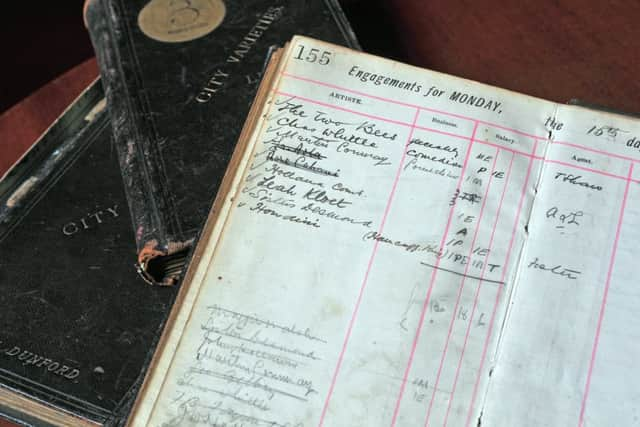

A decade or so later he sold the lease to John Stansfield who changed it to Stansfield’s Varieties and it underwent several more name changes before becoming the City Varieties. Today, this plush music hall has a comfortable 460-seat capacity, but during Victorian times more than a thousand people would, on occasion, have crammed into a sweltering space that wreaked of tobacco smoke and stale sweat.
By the late 19th century music halls had become hugely popular and when the City Varieties opened it was one of six or seven in the city. “These were the days before cinema and TV and people wanted something to do, so it was a bit like going to the pub with entertainment thrown in.”
Unlike the theatre, most people could afford a night out at a music hall. “Whereas the Grand Theatre had very strict regulations about who could sit where and what they were allowed to wear, the music hall was for everybody and standing tickets were just a couple of pence,” says Catherine.
Advertisement
Hide AdAdvertisement
Hide AdThe City Varieties was very much a working class venue and gradually moved into what we recognise today as ‘variety’. This was very much the Britain’s Got Talent of its day featuring some weird, and not so wonderful acts. “One of the strangest was a man who could jump really high. He didn’t even jump over things he just used to jump really high, and that was his act. We also had Madame Paula, the Reptile Queen, who used to hypnotise alligators and snakes on stage.”
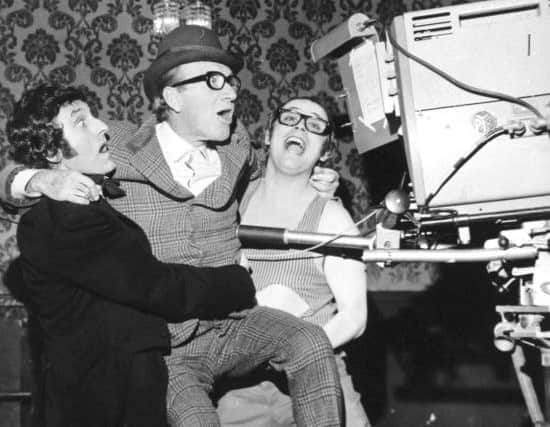

The City Varieties also has its own story of royal intrigue involving the Prince of Wales and a famous actress from the period, called Lillie Langtry. “She performed here several times and was famously the mistress of Prince Edward, the eldest son of Queen Victoria,” says Catherine.
“The story goes that he would sneak into the music hall and sit in one of the boxes closest to the stage and draw the curtain round so that nobody would recognise him. Then at the end of the performance he and Lillie would sneak off into the night and as a ‘thank you’ when he became king he donated his royal crest which still sits above the stage.”
The City Varieties survived two world wars but by the 1950s it, like many music halls, was in a state of decline as people increasingly turned to cinema and television for their entertainment.
Advertisement
Hide AdAdvertisement
Hide AdIn order to survive it branched out into the somewhat seedy world of peep shows. “It was a way of pulling in punters but there were very strict rules so the women could be nude on stage but they weren’t allowed to move, which was considered far too racy.”
However, producers came up with ingenious ways around this including having women pushed across stage on bicycles, or on swings. “We’ve actually spoken to a few people who remember coming here as teenagers and sitting on the front row with peashooters to try and get the girls to move.”
Salvation came in 1953 when the venue was chosen to host a pilot show for the BBC, inspired by old-time music hall. The Good Old Days proved a nostalgic hit and ran for 30 years, making the City Varieties famous around the world. “That was a really important factor in our survival in that key period when a lot of theatres and music halls were struggling.”
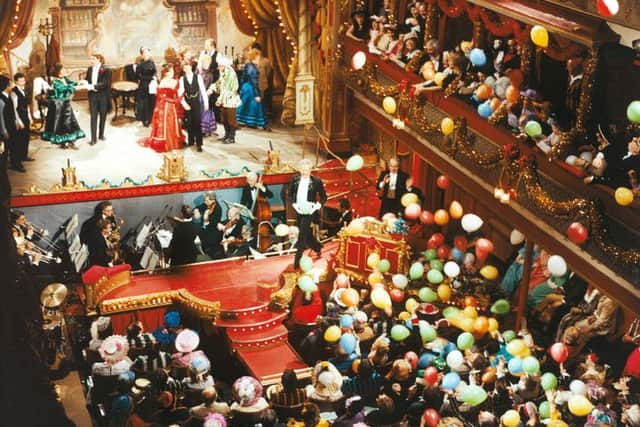

For a while it led to a strange double life where The Good Old Days was filmed on weekends and during the week the stage would be populated by strippers. By the early 60s, though, the strip shows were ditched and replaced with pantomimes in an effort to attract more family audiences.
Advertisement
Hide AdAdvertisement
Hide AdThe venue survived the 80s and 90s, but by 2009 it had begun to resemble a jaded old showgirl no longer capable of doing those high kicks. It underwent a major, and much-needed, £9.9m renovation and today it’s back on its feet and looking grander than ever. The City Varieties is a place dripping in history but far from being a relic that people come and gawp at, it continues to thrive attracting new audiences and new generations of fans - just as it’s always done.